Hi there, it's Vero from @verobujo on Instagram & YouTube! Today we are talking about sustainable fashion, and how you can create a more sustainable wardrobe with the help of your bullet journal.
As a society, we are slowly moving towards more sustainable practices. Unfortunately, a lot of change relies on systemic change, which doesn’t happen overnight. However, at the individual level, there are many practices that we can incorporate into our lives to create our own small eco-friendly haven. This blog post will be part of a series on eco-friendly topics. Each month we will cover a different area of our lives in hopes of making it more environmentally friendly. This month we cover fashion, and how to cultivate a more sustainable wardrobe.
[Photo by Alyssa Strohmann on Unsplash]
The basis of a more sustainable wardrobe is to buy only what you need and to buy high-quality items that will last as long as possible. We often buy cheap because it saves us money in the short term. But in reality, cheap clothes may save you money now, but because they wear and tear faster, in the long run, they will likely cost you more. You then face the problem of having to buy a replacement. By buying high-quality now, you are paying less over time.
Additionally, according to the Eco-Experts, the fashion industry is one of the most polluting industries globally by Green House Gas Emissions. There are several reasons why this is the case, from the cheap materials and toxic dyes to the manufacturing locations, transport of finished clothing, the water consumption to create clothes, as well as waste.
In this article, we will cover different ways to turn your wardrobe into your dream wardrobe while also keeping it sustainable, and without forking out the big bucks. It’s a challenge that can take place over the next month. It is paired with a short video explaining how you can accomplish this with the help of your bullet journal.
And, before we get started here’s a small quote I really like “we need more people practising sustainability imperfectly than a few people practising sustainability perfectly”. It’s a reminder that this is a journey, and it’s ok to stumble along the way.
Purging your wardrobe
Have you ever opened your wardrobe, looked at the vast amounts of clothing you own, and said “I don’t have anything to wear”? And on the flip side have you ever opened your closet and loved everything you owned and known exactly what to wear?
If you’re the former, then this first step of the challenge is for you.
Sustainability starts when you are globally satisfied with what you already own. When we talk about satisfaction, this does not include fashion fads or high-end luxury items, we’re talking about your everyday basics. For this challenge, you will be emptying your entire wardrobe onto the guest room bed. Basically in an area where you don’t have to shove everything aside to sleep. Then like the KonMari method, you will hold up each item and assess whether or not it brings you joy. When it comes to clothing though, I don’t just stop at joy. I also need each item of clothing to pair with every other item of clothing I own, so the item should be functional as well. Think capsule wardrobe.
[Photo by Priscilla Du Preez on Unsplash ]
Remember that when purging your wardrobe you also need to consider the different seasons!
When you are removing items from the large pile, put them into these different smaller piles: keep, donate, throw.
Your keep pile is self-explanatory, but your throw pile should only be reserved for items that have long passed their due date, old t-shirts with holes for example, your donate pile should be clothes that are still in good condition. The term good condition is important here because a large 85% of donated clothes never make it to thrift shops. They end up in the landfill. These piles will be further sorted, so don’t automatically get rid of your throw pile.
This task can take multiple days, but it’s one that you shouldn’t drag out too much or it will become exhausting.
Once we’ve categorised our clothes, it’s time to move on to the next steps
Give your clothes to friends/family or host a clothing swap
[Photo by Becca McHaffie on Unsplash]
We established a donate pile earlier, but before ever donating, you can further reduce your waste by gathering friends and exchanging clothes. This ensures that pieces you love that are maybe too small or too large for you are given to people who will actually like them! Vice versa, it helps you vary your own wardrobe with pieces that may not be new, but are new to you.
When hosting a clothing swap, you can either bring as much as you want in hopes of giving it all away or propose to each of your friends to bring a small selection and see what you can swap. Remember, the point of a clothing swap is to only get clothes that you actually like, that fit well, and that can be matched with other items in your wardrobe.
Anything that doesn’t go to friends or family will stay in the donate pile.
Upcycle your clothes
[Photo by Utopia By Cho on Unsplash]
Upcycling has become a very popular trend, especially in regard to fashion. It’s a great way to build your wardrobe with pieces that fit trends, but without spending extra money on said pieces. By upcycling your clothes you are ensuring that less material goes to waste.
To upcycle your clothes you can watch tutorials online on how to sew or buy patterns for sewing. The clothes that you will upcycle can come from your donate pile, or even your throw-away pile if there’s a section of fabric that is still useful.
Of course, only some believe they are skilled at upcycling clothes, but like any other skill, it is something you can learn. So do not get discouraged!
One DIY I really enjoyed was turning old t-shirts into door mats, a simple YouTube search and you can do the same!
Resell your clothes
[Photo by Cam Morin on Unsplash]
Another tip for getting rid of your unwanted clothes is to resell them. It can be as easy as taking a photo of the items of clothing and selling them on Facebook Market place, or you can create an account on an official resale platform such as Depop or Vinted.
When doing this, don’t forget to look at how others take photos of their clothes so that you can make sure yours look aesthetically pleasing to others.
Donate your clothes
[Photo by Ashim D’Silva on Unsplash]
From our leftover donate pile, we will be donating them to charity. Remember that these clothes need to be in good condition! So please do pay attention to what you donate, and don’t use charity bins as literal bins.
Before heading out to donate the clothes, do a quick google search to see which charity accepts clothing donations and when. You should never leave a bag of clothes on the steps of your nearest charity.
Any clothes that aren’t accepted by your charity will then go to your throw-away pile.
Use your throw pile as rags
[Photo by Tim Chow on Unsplash]
One of the ideas behind sustainability is to reduce your waste whenever possible, giving a second life to as many items as possible.
So before throwing this pile away, there are a few ways you can use them before they go to the bin. Some of those old t-shirts can be used as sleeping t-shirts that won’t leave the house. You could also fold them neatly and turn them into cleaning rags to clean your house.
If you have old shirts/jumpers with meaningful logos stashed away, you can cut them out and turn them into a blanket.
If you’re moving soon, keep the old clothes for packing materials before dumping them.
Creating a more sustainable wardrobe
Now that we have kept only pieces we want to wear it’s time to build our wardrobe. Something I have learnt while I was travelling is that we wear less than we think. This is of course based on my personal experience, but I think it’s pretty accurate.
Before we head out to buy more clothes, we need to establish what we actually need to buy.
This is where your bullet journal is going to come in handy. We’re going to create a list of clothes we own and then list the clothes we want to buy.
When we are thinking about this list, we need to be listing out clothes that we can pair with items we already own. We build our basic clothes first before branching out for stand-out pieces.
I also recommend doing an inventory of the basic colors you most wear to ensure you are only buying things you’ll actually wear.
As such, I have created this printable to help you establish a list of clothes you own.
If you would like to create this list in your own bullet journal here are the items I am using:
Don’t forget to use code VERO10 for 10% off your purchase!
So let's get into the spread! I was personally inspired by withoutelephants for this spread, but there are also many variations on Pinterest!
To start this spread we're going to write out the titles on the page: Wardrobe Staples (feel free to use whatever title you want!), Colours (Major/Minor & Accents), Style, Items of Clothing (Outerwear, Tops, Bottoms, Dresses, Shoes, Accessories, but feel free to add more categories if you feel the need!)
Now spoilers, your next step is to inventory your wardrobe and assess what are your top 5 major/minor colours that you use. By major, I'm talking about the main colors you always use, and minor are the colours you pair with the major colours that fit in the colour scheme. This is different to Accent colours as those are typically brighter/bolder colours that add a pop of colour to your outfit.
Taking my own style as an example, my major and minor colours are black, white, beige, kaki, and brown! My accent colours are pink, yellow, green, and recently gold!
The next step is to also list out the words you associate with your wardrobe's style. As an example my style is a laid back, casual beach vibes style!
Next up we're doing an inventory of the items we have left in our wardrobe! I like to start off by doing this without looking at my wardrobe. It helps me understand what pieces I am most in love with!
Our last step is to create a list of things we need/want to buy.
When assessing what to buy, I like to research brands, prices, styles, and of course sustainability. I also write all of this down in pencil because the point of this page is to brainstorm and then to transcribe the bought item into your wardrobe staples list.
After we have established what we want to buy, now we go and buy! If we've done our research then it could be a matter of going to the store and purchasing the item, but sometimes we are looking for something specific and can't find it in stores. So here are my tips for research.
Too plan this spread along with me, check out this video:
Go thrift shopping
The rule of thumb while thrifting is that you need time and energy because you need to sift through vast amounts of clothing before finding something you like and that fits you.
My tip for thrifting and shopping, in general, is that if you’re not 100% sure you want it, then don’t buy it.
Buy from sustainable brands
Sometimes, thrifting just doesn’t cut it, and that’s fine, your next goal is to research brands that would potentially sell the item of clothing you want.
This can be difficult, but my suggestion is to use the website Good On You, they do extensive research into brands and indicate whether or not a brand is sustainable by rating them on People, Planet, and Animals.
Rent clothes
More and more, people are turning towards renting clothes instead of buying them for big events. Typically, we don’t always wear the same outfit to a big event, but what that means is that you could end up with an expensive item of clothing that you’ll only ever wear once.
So, a great option is to rent the item! Sites such as Depop do have sellers that rent clothes!
I hope this article has been useful to you, and I wish you luck in your quest to making your wardrobe more sustainable!

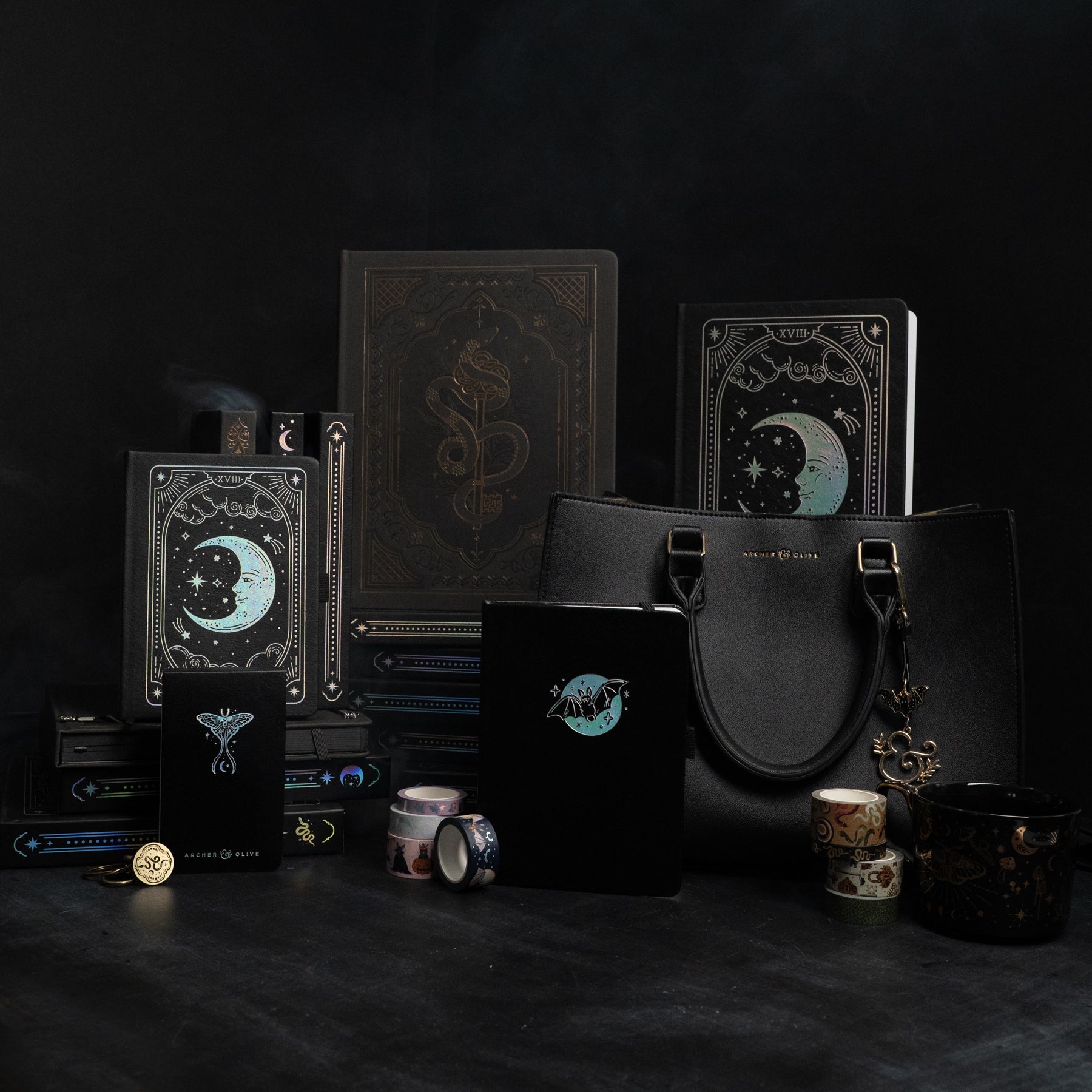
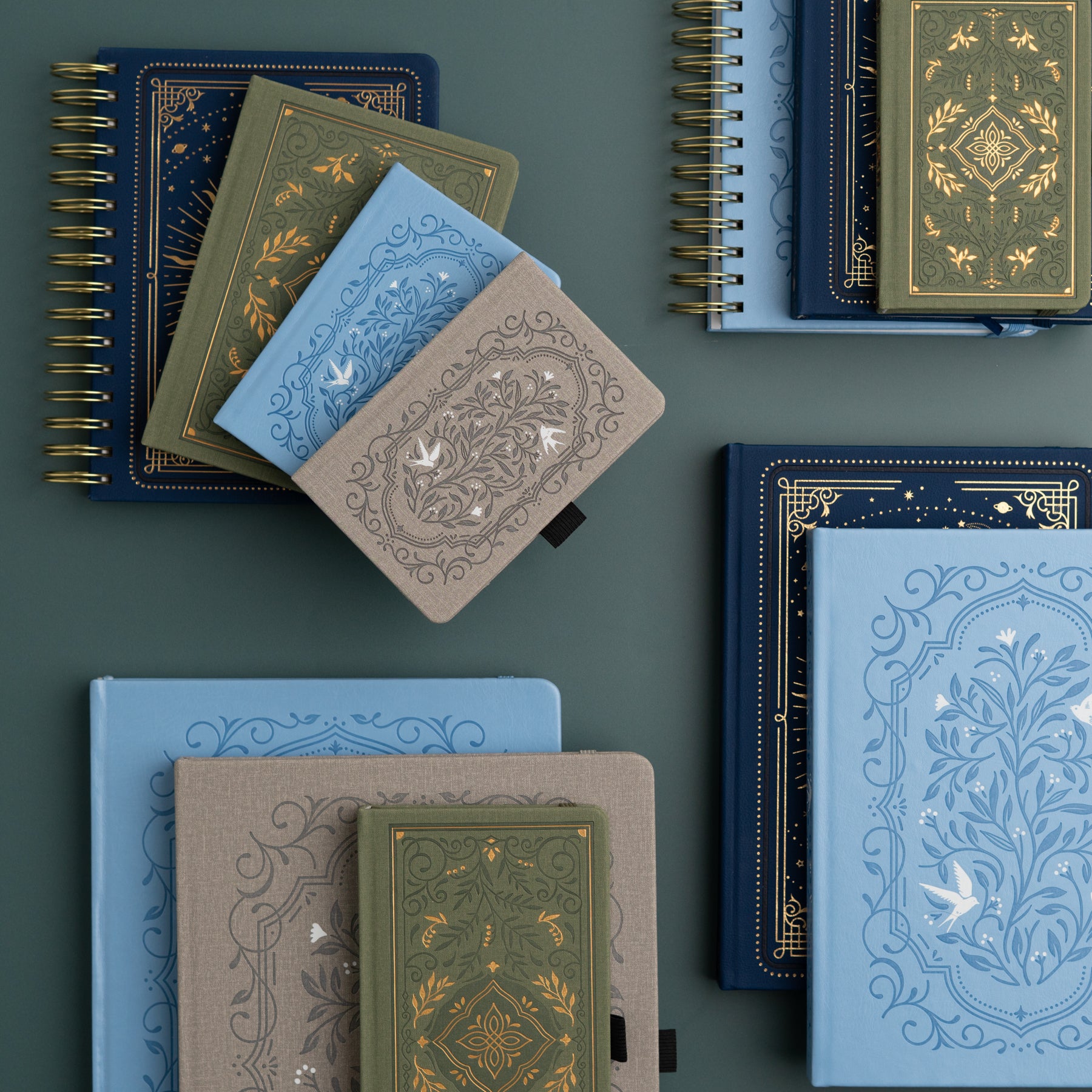









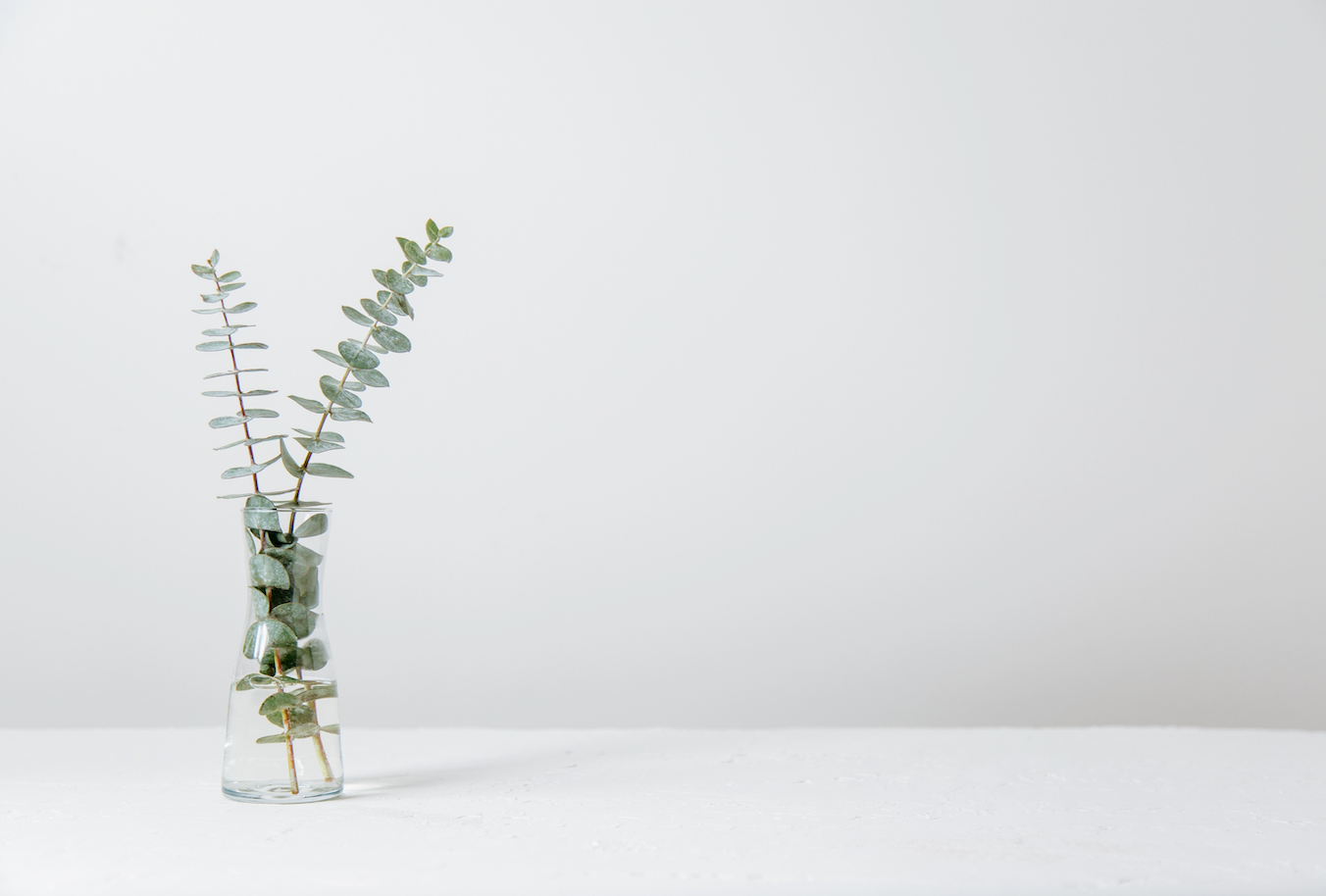




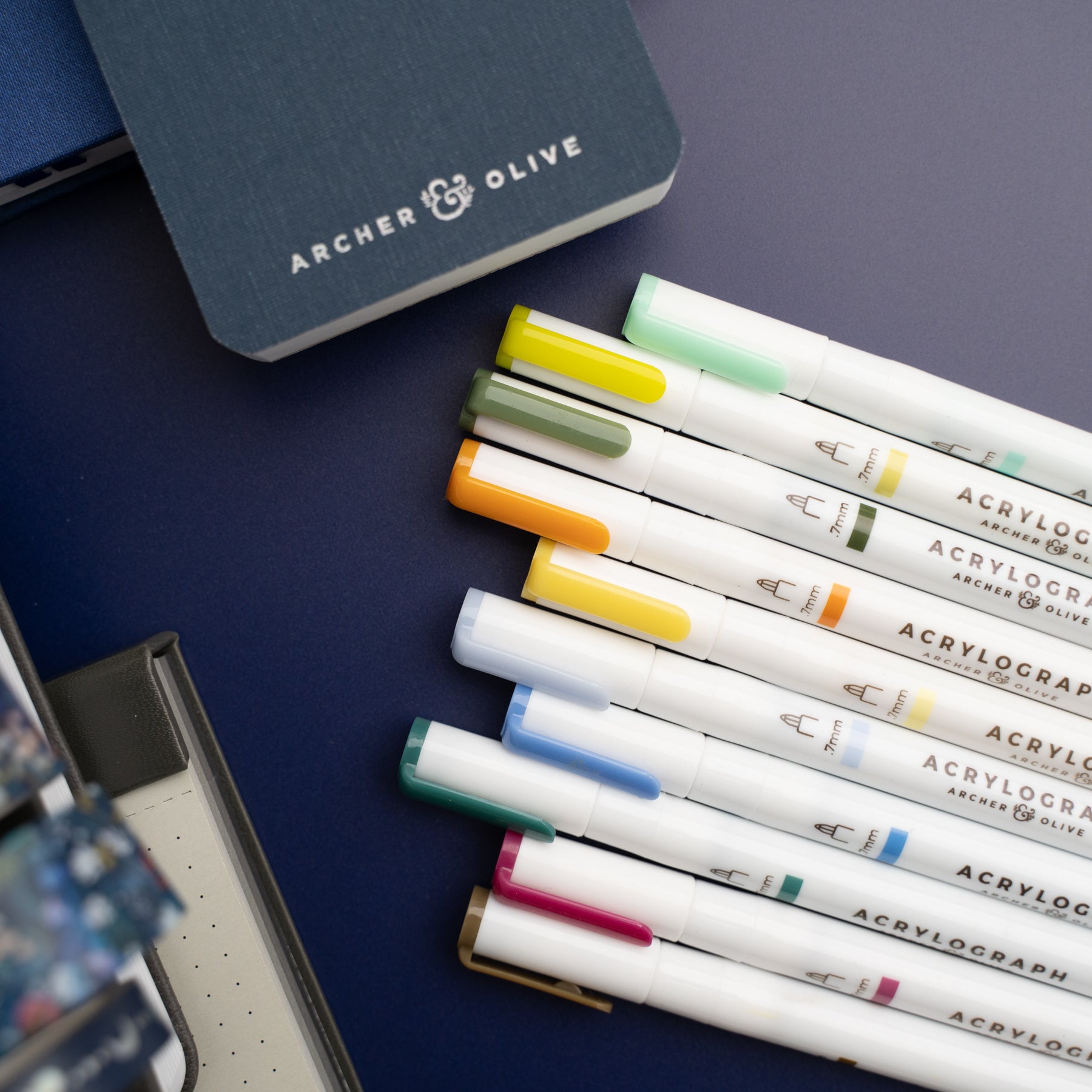
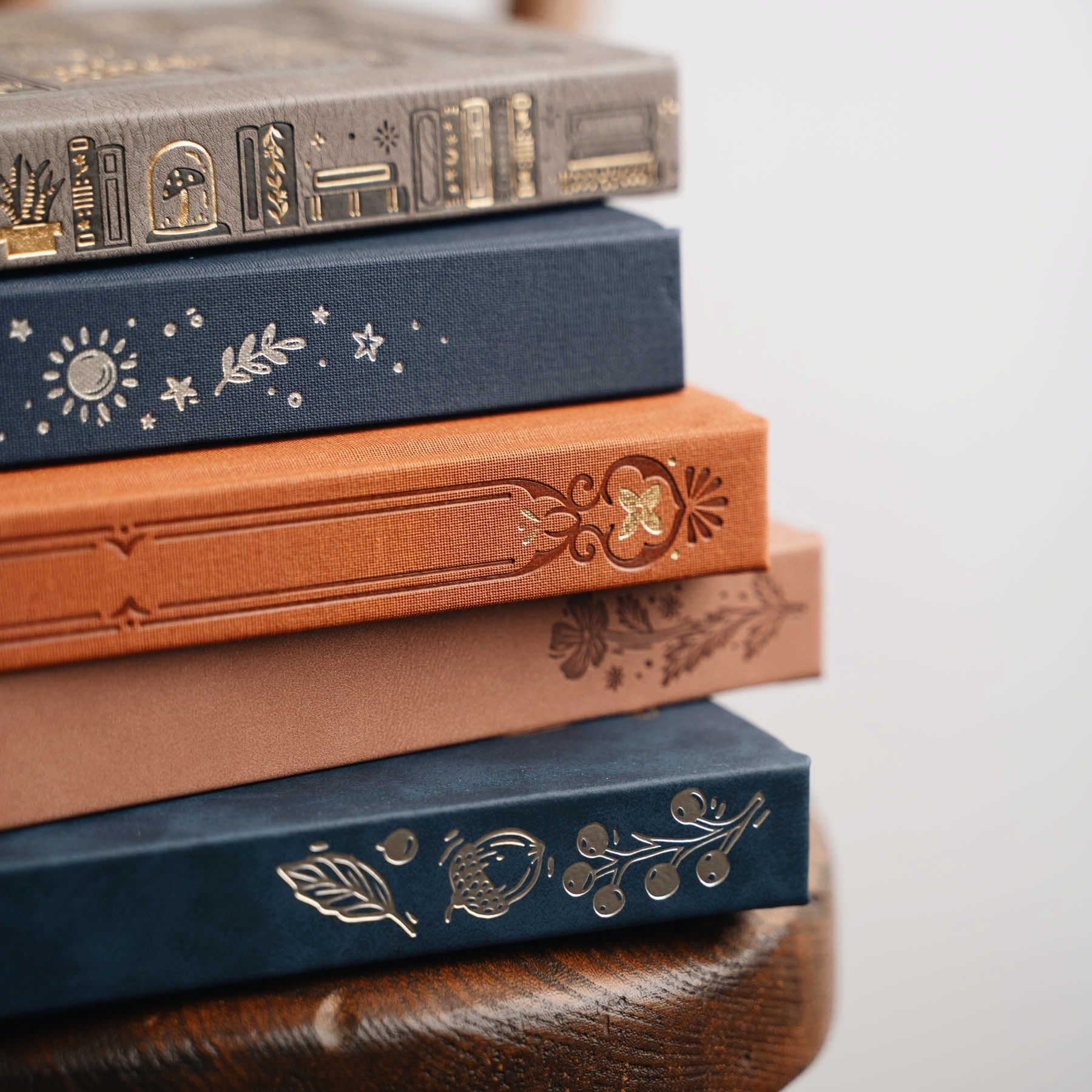
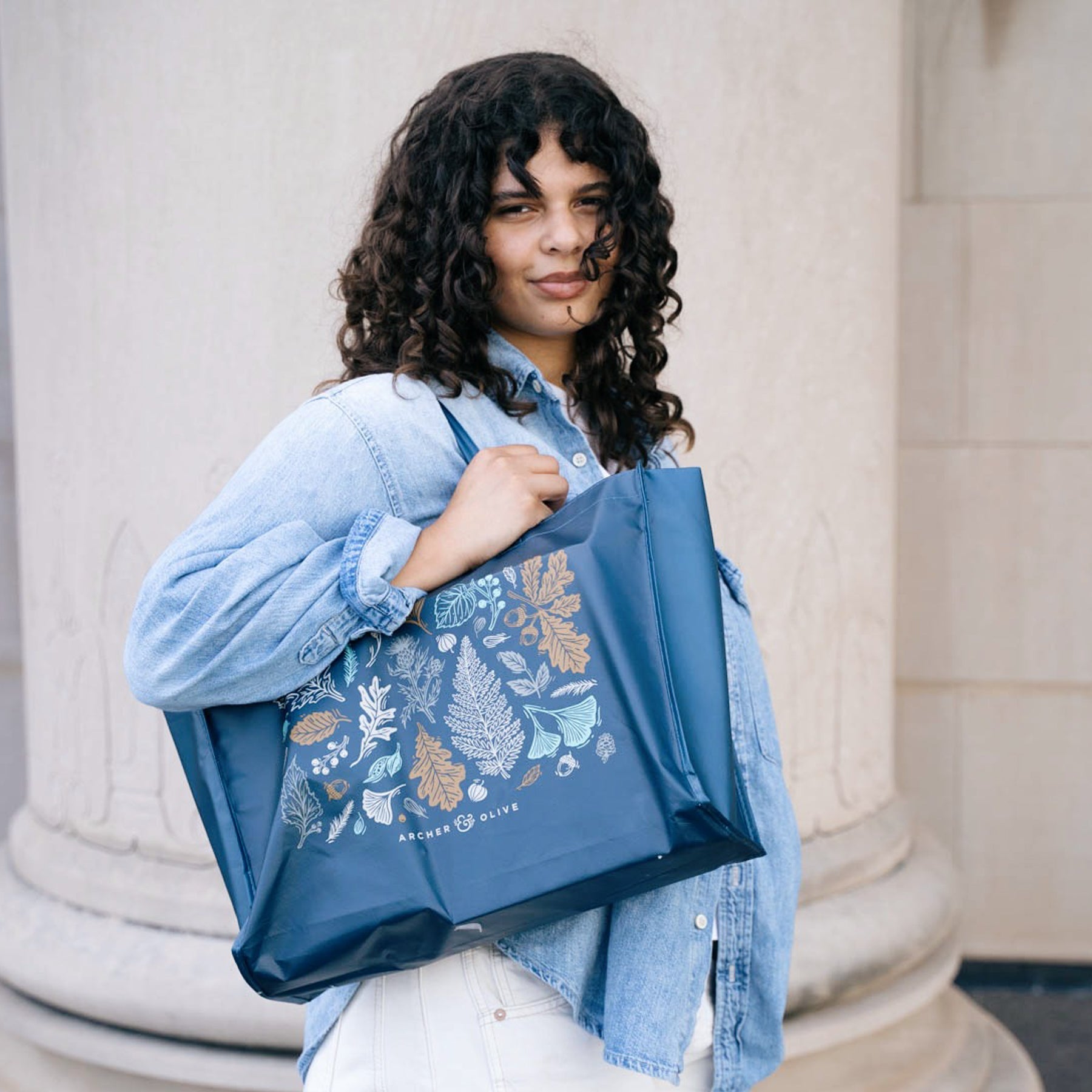
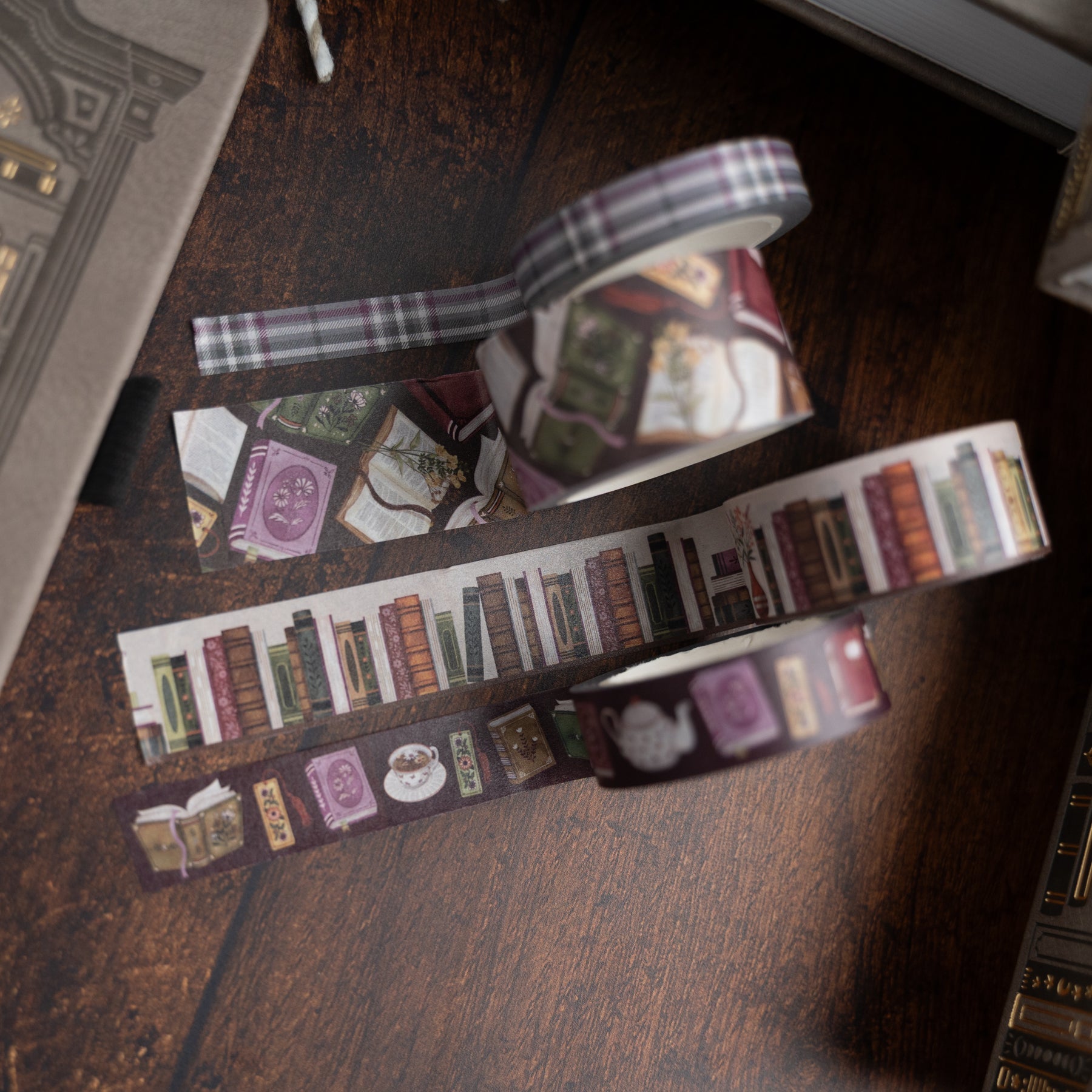
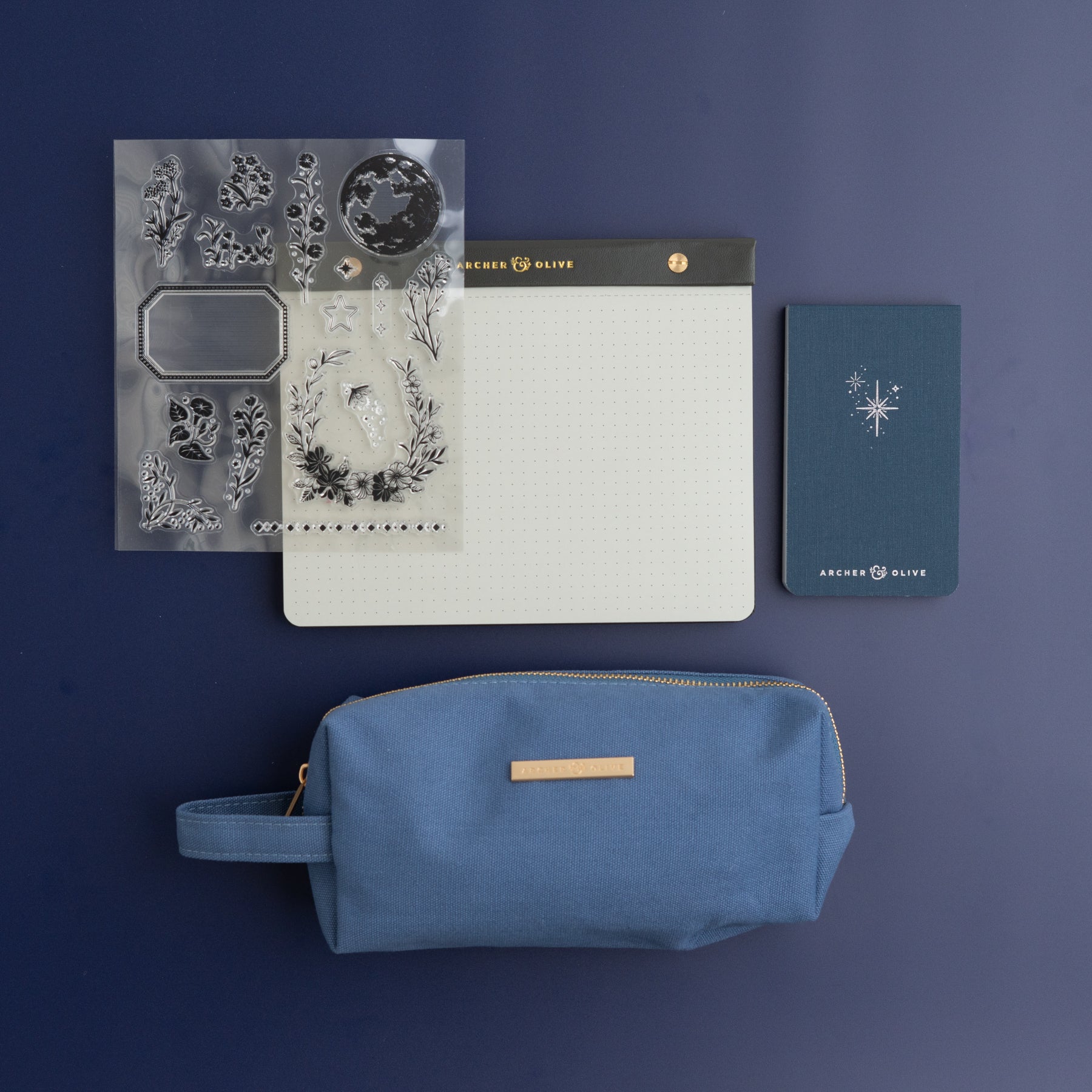
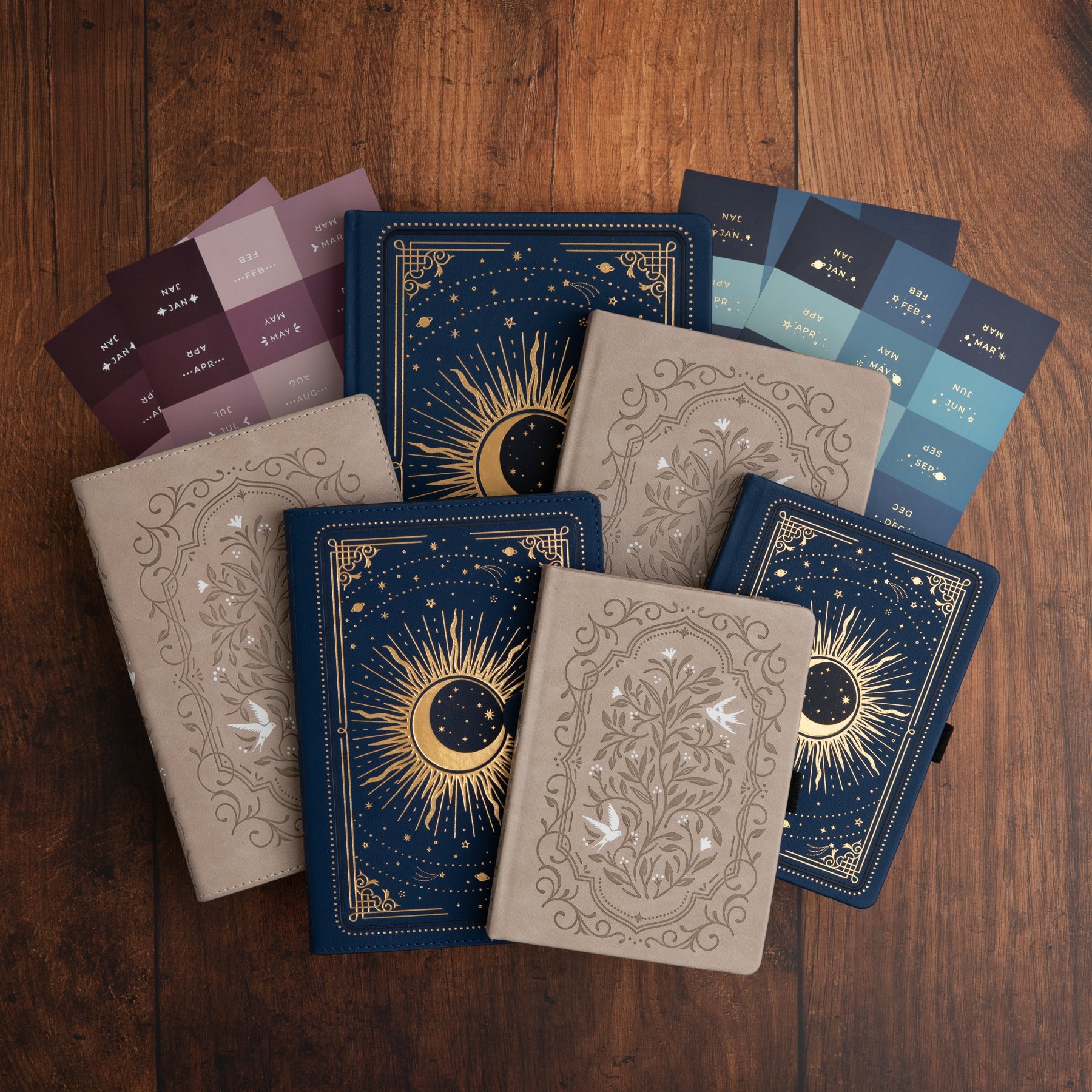
0 comments